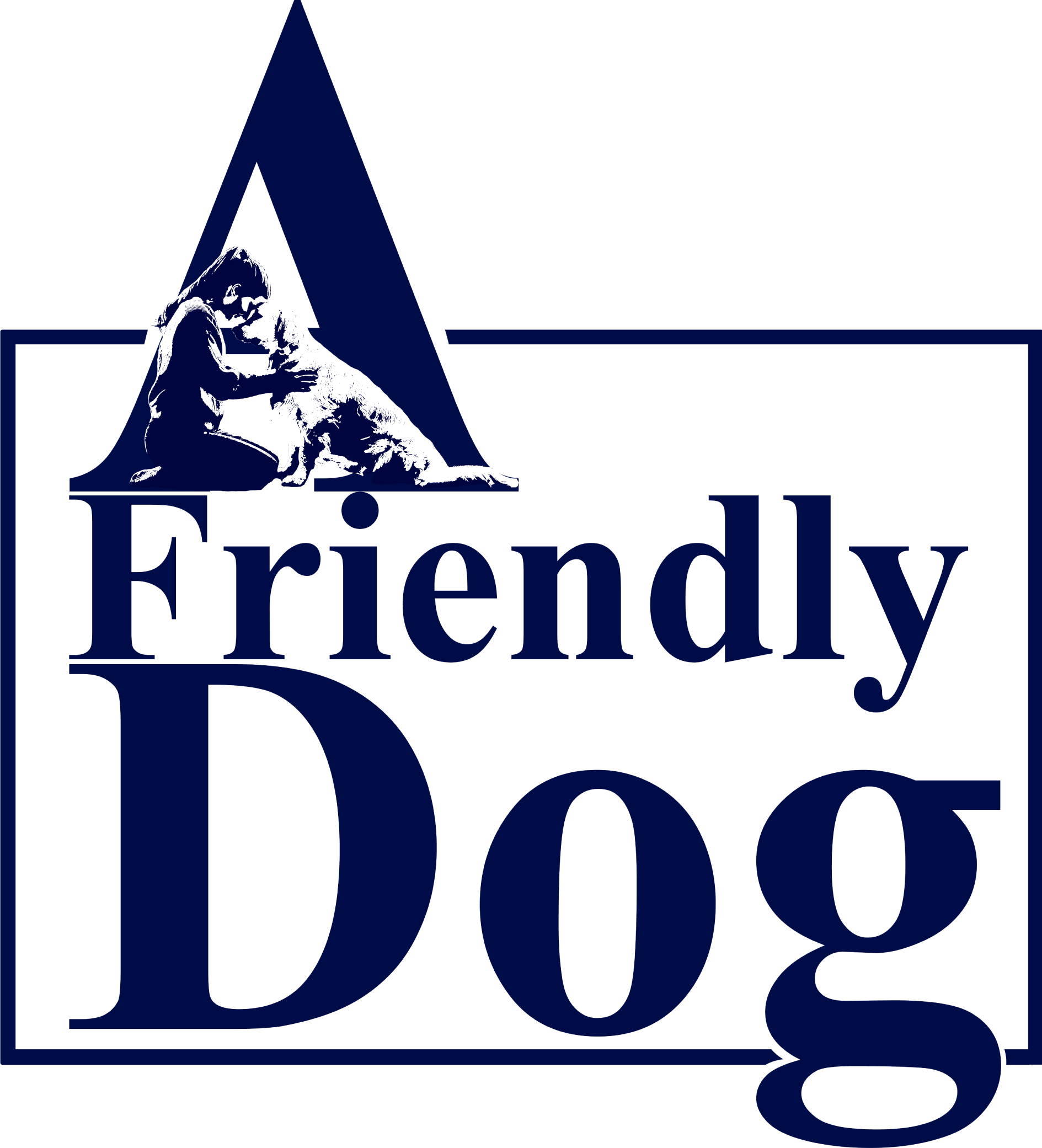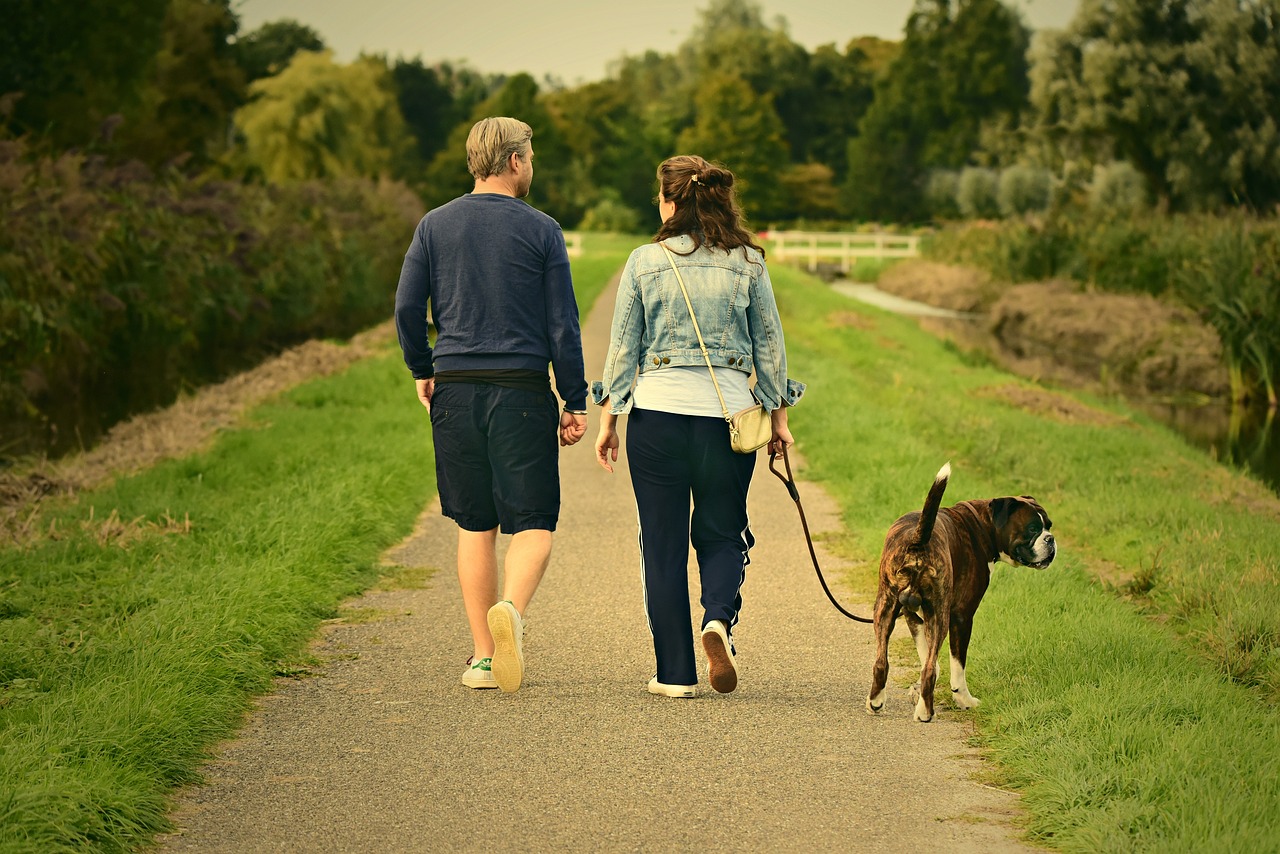The direction in which a dog wags its tail can provide valuable insights. A study on tail-wagging revealed that dogs tend to wag their tails more to the right when they feel positive about something, such as interacting with their owner. Conversely, when faced with something negative, dogs tend to wag their tails more to the left. Additionally, there is the delightful helicopter tail wag, where a dog’s tail spins in a circle. This type of wag is undoubtedly a sign of happiness and is often seen when a dog is greeting a beloved person.
Furthermore, the position of a dog’s tail in relation to the ground can reveal important clues about their emotional state. Generally, the higher the tail, the more assertive the dog is feeling. Dogs with their tails pointing down or tucked between their legs are experiencing fear and stress. On the other hand, dogs with their tails held up like a flag are feeling confident, and in some cases, even aggressive.
Relaxed dogs typically hold their tails in a neutral position, although what is considered neutral can vary depending on the breed. For example, breeds like the Chow Chow naturally have tails that curl over their backs, while others like the Italian Greyhound have a very low neutral tail position. By familiarizing yourself with your dog’s neutral tail position, you will be able to quickly recognize when their emotions have shifted.
When a dog’s fur stands up along their back, it’s known as raised hackles. This technical term is called piloerection and can occur from the shoulders to the tail. It’s a clear indication that the dog is stimulated, but not always in a negative manner. The dog may be anxious or tense, but it could also be enthusiastic or extremely curious about something. It’s frequently an automatic response, similar to how humans get goosebumps.

